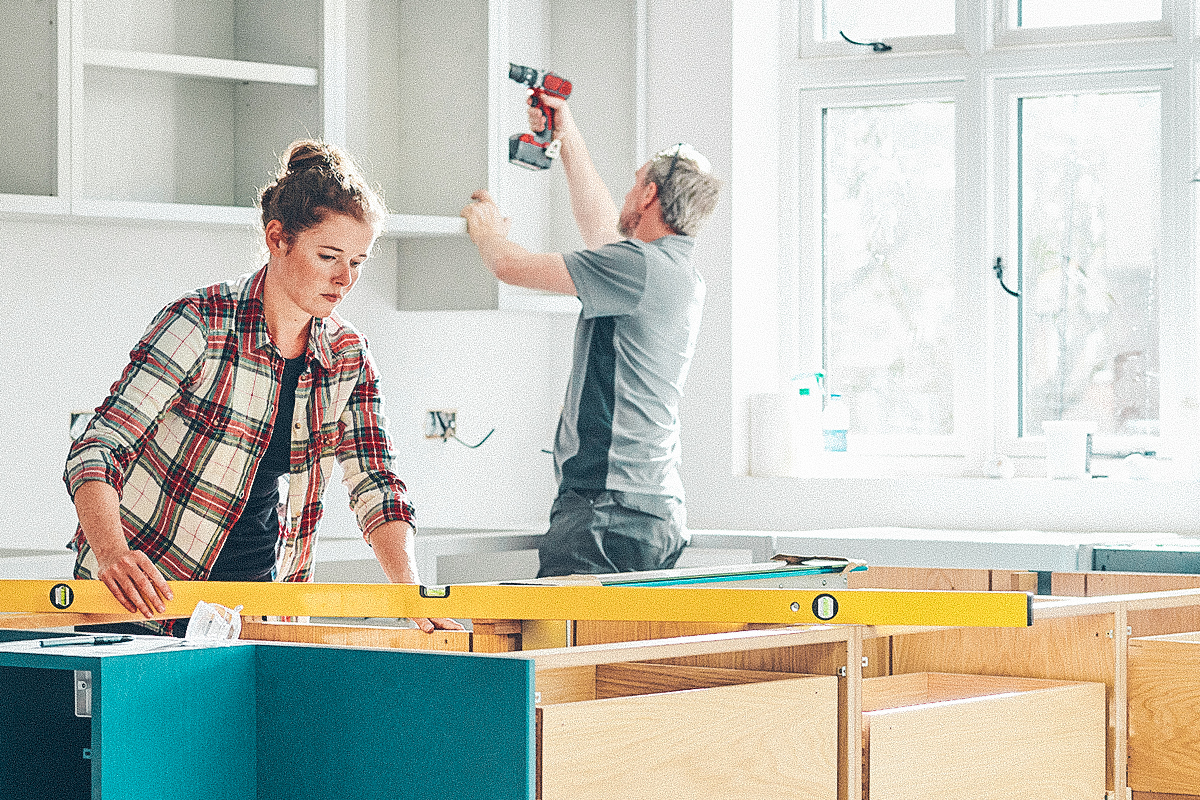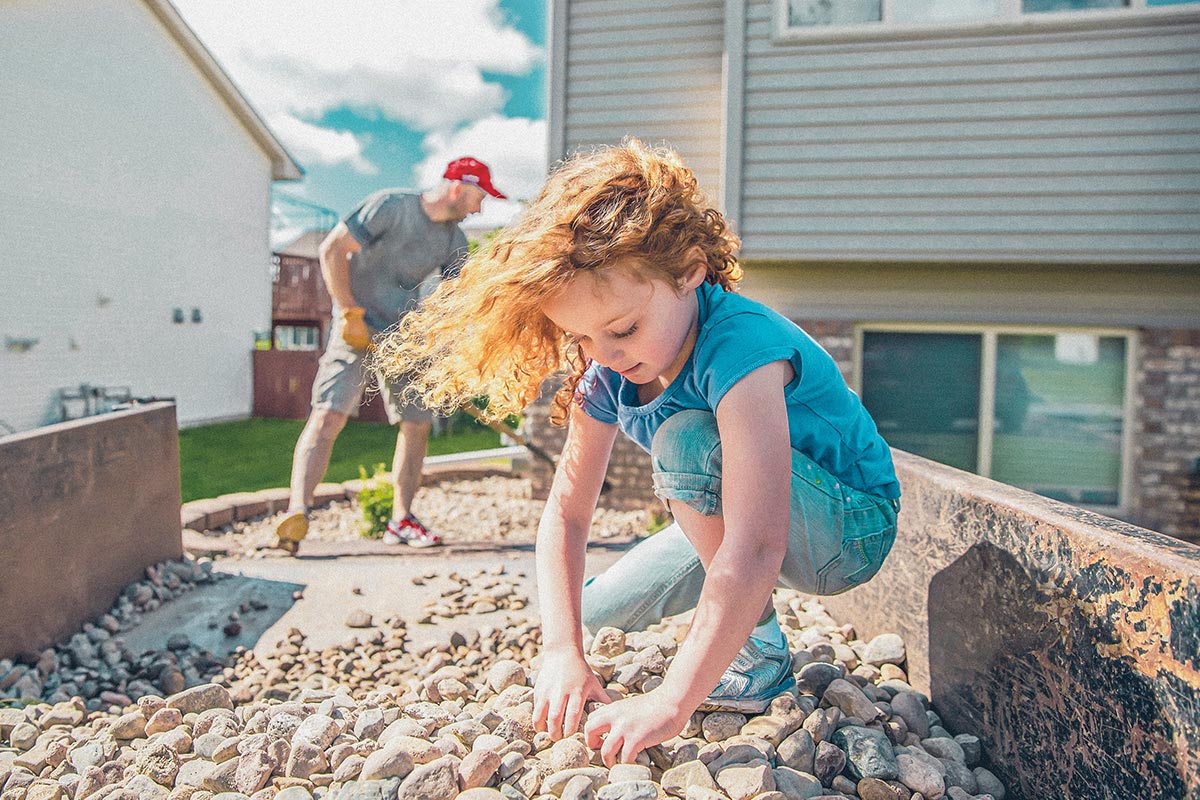
Turn Your Home into a Powerhouse with a HELOC
Got equity? You do if your house is worth more than you owe on your mortgage! So, how do you turn that equity into spending power? Consider a home equity line of credit (HELOC).
How does a HELOC work?
Unlike your primary mortgage, this money isn’t paid out in a lump sum. Instead, you can access the money when you need it—like a credit card. The period of time when you can access these funds usually lasts anywhere from 5–10 years and is referred to as the draw period. During this time, you’re only required to pay interest—which you only owe on the money you use.
Then, when the draw period is over, the repayment period begins. This phase lasts from 10–20 years and includes payments toward principal and interest.
When it comes to the HELOC rates, be sure to do your research. Just because you already have a financial institution doesn't mean they will always give you the best deal. Shop around!
Same goes for how long it takes to get a HELOC—all lenders are different. Be sure to ask this question when you are comparing.
Home Equity Loans & Second Mortgages Rates
| Product | Rate | Annual Percentage Rate (based on credit worthiness) | |
|---|---|---|---|
| Home Equity Line of Credit | % Rate | % Variable APR | |
| Home Equity Loan - 5-year Fixed | % Rate | % APR | |
| Home Equity Loan - 7-Yr Fixed | % Rate | % APR | |
| Home Equity Loan - 10-Yr Fixed | % Rate | % APR | |
| Home Equity Loan - 12-Yr Fixed | % Rate | % APR | |
| *Starting APR |
How can I use a HELOC?
The great thing is that it’s not a requirement that this money be used solely for your home. Here are some common uses for a HELOC:
-
Home improvements
-
Landscaping
-
Debt consolidation
-
Emergency cash availability
-
College expenses
-
Vehicle purchase
-
Medical expenses
-
Start-up business expenditure
HELOC requirements
To get started with a HELOC, you’ll first want to know your numbers. There are certain home equity loan requirements that your credit union or bank will want to see like a low debt-to-income ratio (DTI), a good credit score and a certain percentage of equity in your home.
-
Low debt-to-income ratio
Your debt-to-income ratio (DTI) is the percentage of your monthly income that goes toward paying off your debts. The percentage range varies by lender, but shoot for a DTI ratio of 47% or less. Lenders want to make sure you can really afford to borrow more money while keeping up with your other financial obligations, so the lower the DTI, the better.
To figure your DTI, add up all your monthly payments. This includes things like your mortgage principal and interest, taxes, home insurance, car loan, child support and any other debt you’re legally responsible to pay. Divide this total by your monthly gross income.
-
A good to excellent credit score
While qualifying for a HELOC is more dependent on your home equity than your credit score, good or excellent credit makes it easier to qualify. A good average to shoot for is 620 or higher. Plus, the better your credit score, the better your interest rate.
-
Home equity
Your available home equity is your current loan balance divided by the current appraised value of your home. This number is called your loan-to-value ratio (LTV). With a HELOC, you'll likely need to figure out your combined loan-to-value ratio (CLTV). You get this number by adding how much you want to borrow (line of credit amount) with how much you owe on your home. Then, divide that total by the current appraised value of your home. Most lenders require a CLTV of 85% or less.
Here's an example:
$265,000 [loan balance + HELOC amount]
÷ $400,000 [current appraisal value]
= 0.6625
Multiply answer by 100
0.6625 x 100 = 66.25%
Combined Loan-to-Value ratio is 66.25%.
How to calculate a HELOC payment
A HELOC has two phases: a draw period and a repayment period. Each period typically lasts 10 years but this can vary from lender to lender. Typically, you pay interest-only monthly payments with a variable rate during the draw period.
Here's a sample payment calculation:
Let's say you have a HELOC balance of $25,000 at a rate of 7%. During the draw period (the first 10 years where you're paying interest only), your payment would be calculated like this:
$25,000 x .07 = $1,750
$1750 ÷ 12 months = $145.83
Your monthly payment is $145.83 during the first 10 years.
Then, once you enter the repayment period, you pay the principal plus interest, so your monthly payments increase. When you enter the repayment period, your loan converts to a closed-end loan, so you no longer have that line of credit. If you want, you can negotiate with your lender to have that line extended.
A HELOC can be a good option for times in your life when you need access to extra cash. Lenders often offer lower rates on these types of loans because it’s secured against the equity value in your home. However, before deciding on this path, be sure to add this payment into your budget to ensure you can afford it.


